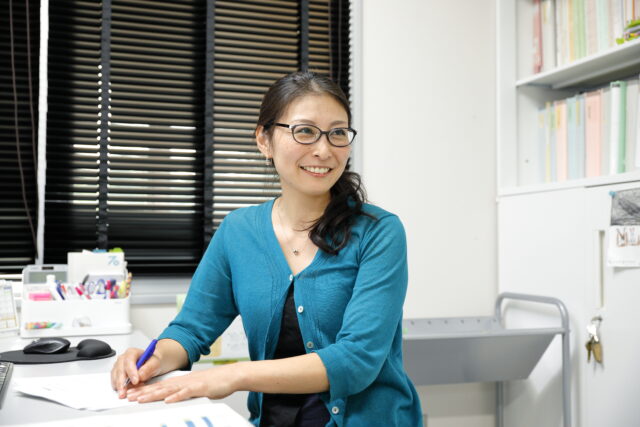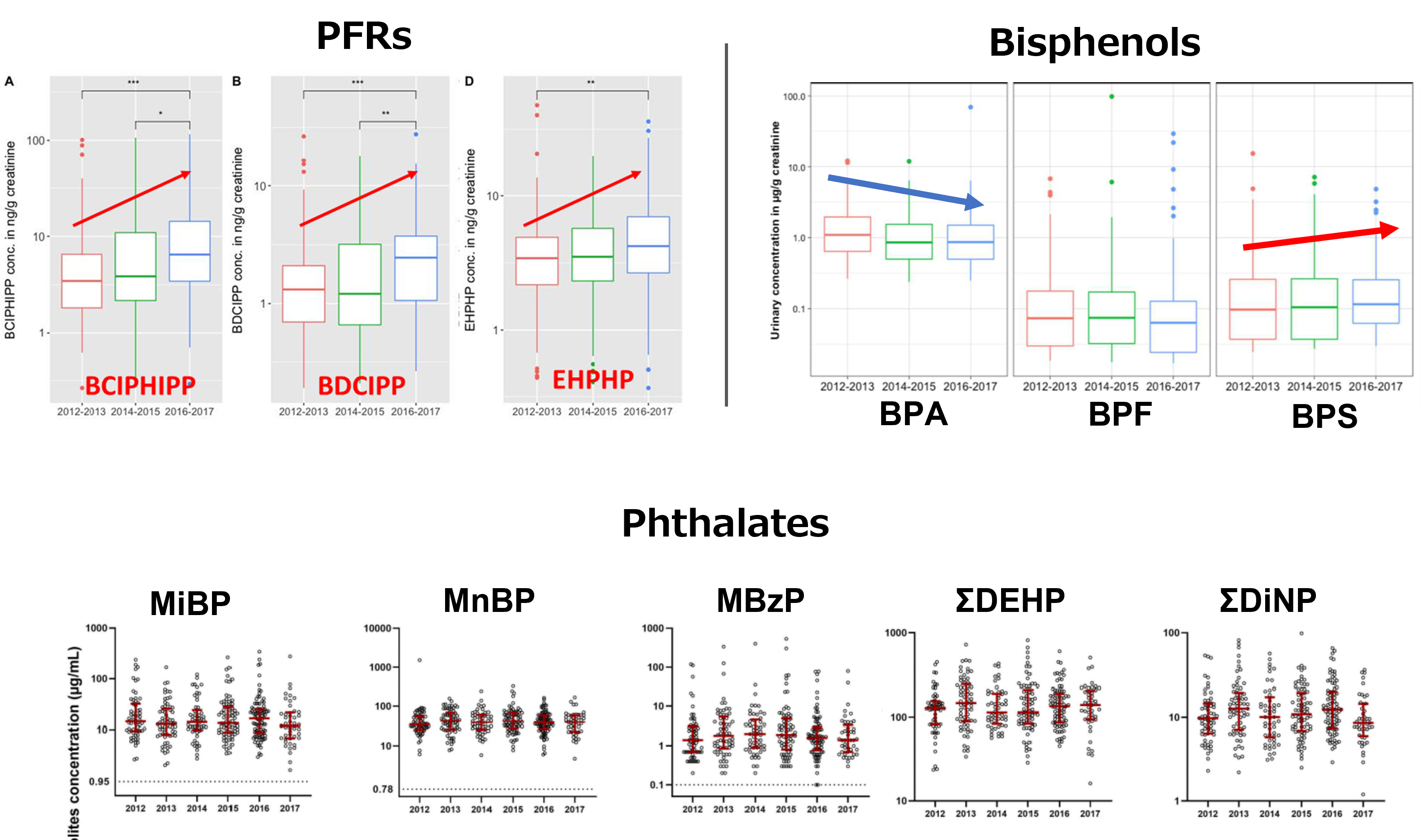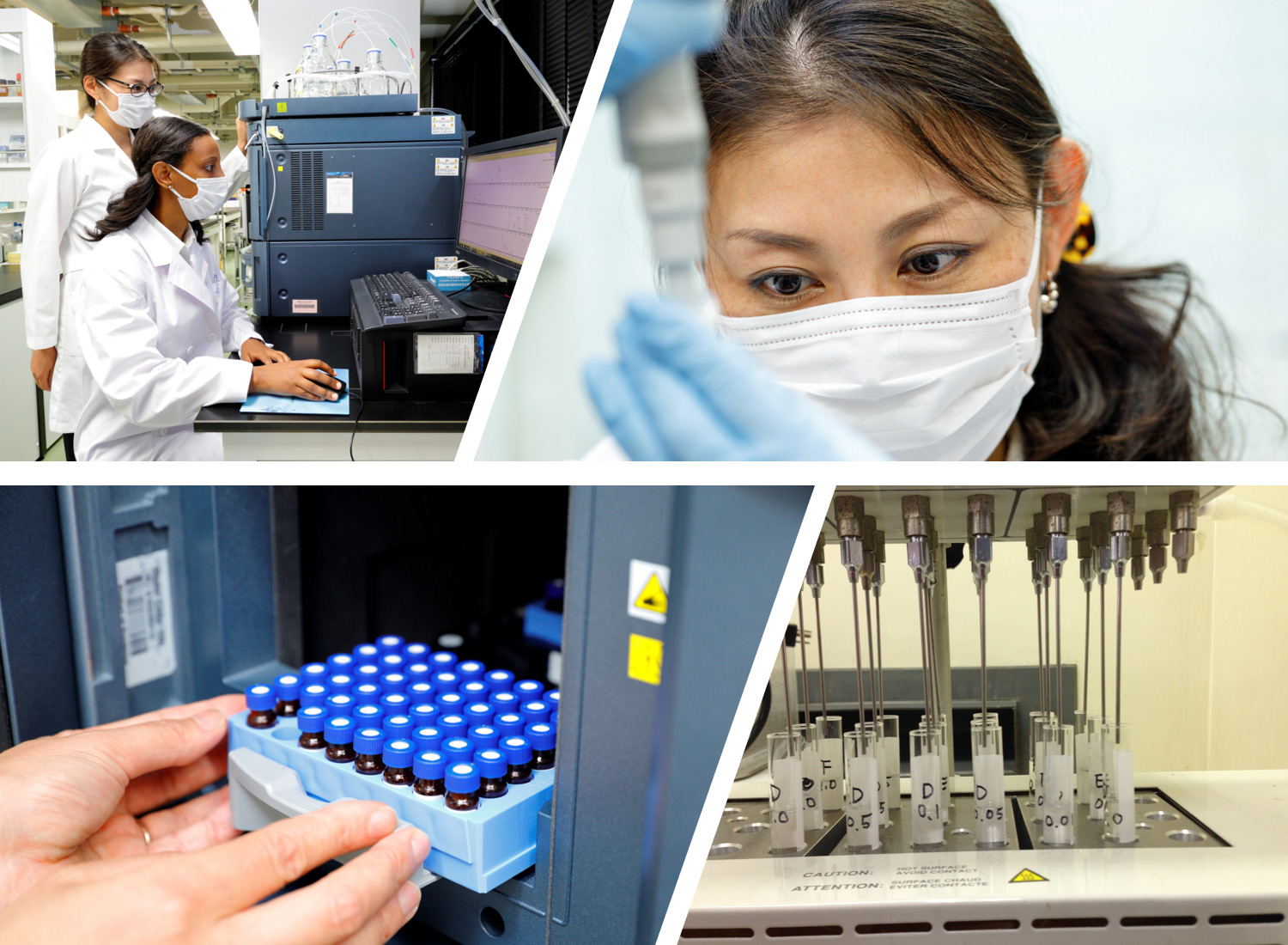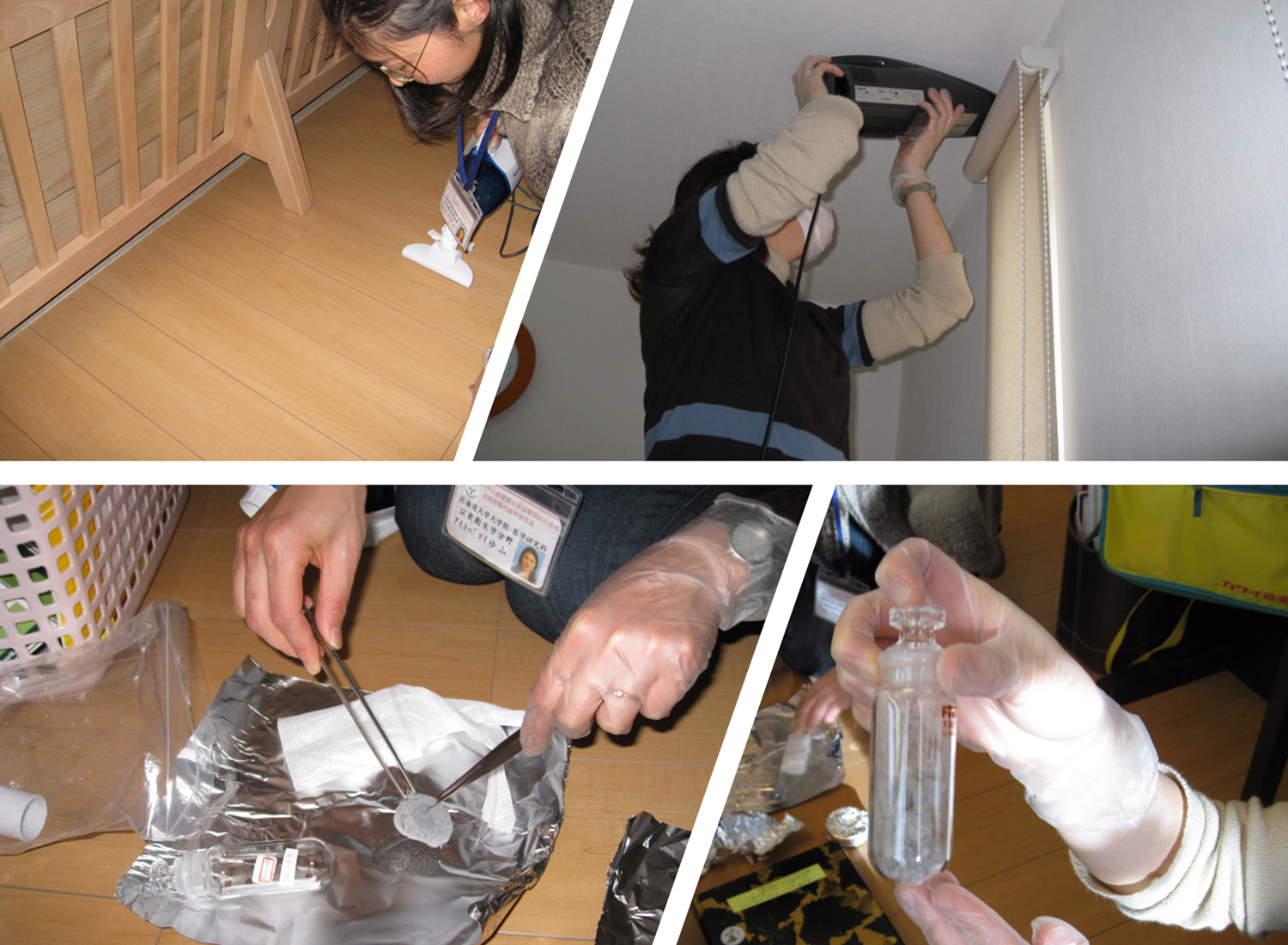Overview

Lecturer Yu AIT BAMAI
Chemicals are convenient substances that we use to make our lives comfortable and maintain a hygienic environment. For example, pesticides prevent damage to crops from pests, and the use of pesticides and insect repellents keeps us and our surroundings trouble-free. Some types of chemicals are easily recognised, and we are aware of using them. On the other hand, other types of chemicals may be absorbed into our bodies during everyday activities such as eating and breathing, without our realising it. For example, phthalates are added during the manufacturing of plastics products. Per- polyfluoroalkyl substances (PFAS) are used for water- and oil-repellent products such as waterproof sprays or fluorinated cooking utensils. Organophosphorus flame retardants (PFRs) are added to products to make them less flammable and used in flame-retardant products such as electrical appliances, and curtains, etc. Furthermore, these chemicals can be absorbed into the body by attaching to indoor dust and air particles.
The Hokkaido Study aims to investigate the associations between exposure to environmental chemicals and health. To determine how much of these chemicals are absorbed by our body, we measured the concentration of those chemical substances using biological samples (e.g., urine and blood) from participants. Moreover, we also measured the concentrations of chemicals in ambient air and house dust to assess these chemicals in indoor environments.
Methods and Results
We measured the concentration of chemicals in blood and urine samples provided by the participants (mother and children). Additionally, we asked the participants to provide house dust sample collected from their vacuum cleaner to measure the concentrations of chemicals in their homes.
Biological samples are pre-treated before analysis, after which they are analysed using a liquid chromatograph mass spectrometer (LC-MS / MS) (Photo ①). To analyse dust samples, after removing hair and paper particles with tweezers (Photo 2), we extract and sift the sample and analyse it with a gas chromatograph mass spectrometer (GC / MS).
The concentration of regulated chemicals decreased, but the concentration of new chemicals increased We measured the concentration of PFAS in blood samples provided by the participants from 2003 to 2011. Concentrations were compared for each year of sampling. The results showed that levels of perfluorooctanesulfonic acid (PFOS) and perfluorooctanoic acid (PFOA) in participants’ blood decreased between 2003 and 2011. However, the concentration of perfluorononanoic acid (PFNA) and perfluorodecanoic acid (PFDA) was found to be increasing. All four PFAS were detected from the blood samples of all participants. The blood concentration of each type of PFAS changed during the observation period. We showed that almost all individuals in the Hokkaido Study have been exposed to PFOS, PFOA, PFNA, and PFDA via the environments, although the concentrations are lower than in other countries, such as Europe and U.S.

The concentrations of PFRs, bisphenols, and phthalates in the urine samples provided by children during the period from 2012 to 2017 were measured. The measured concentrations were compared for each year of urine collection. Results showed that urinary metabolite concentrations of PFRs increased between 2012 and 2017. We found that while BPA concentration decreased, the concentration of BPS increased. The concentration of phthalates did not change during 2012-2017. These were also detected in 80-100% of urine samples from the children, indicating that almost every child has been exposed via the environment.

(Bastiaensen et al., 2020, IJHEH; Gys et al., 2021, Environ Pollut; Ketema et al., 2021, IJHEH)
PFOS and PFOA levels in the environment have decreased due to self-regulation in the manufacturing industry as a result of known endocrine disrupting properties and global regulation under the Stockholm Convention. At the same time, the production and use of PFNA and PFDA have increased as they are alternative compounds for PFOS and PFOA. This is directly reflected in human exposure levels. Similarly, in the urine sample of the child, we also found that the in vivo levels were affected by global trends of chemical use and by regulations. For example, urinary PFR levels have increased due to the regulation of brominated flame retardants by the Stockholm Convention. The concentration of BPA decreased when guidelines for polycarbonate appliances, containers, and packaging were introduced in 1993 and in turn, the BPS level increased as BPS is used as an alternative to BPA. Before 2010, phthalates were regulated for use in limited plastic products including childcare products and food containers. Therefore, our observation period (2012-2017) was after the regulation. It may be possible that a decreasing trend might have been seen before 2010. In Europe, the use of four types of phthalates (DiBP, DBP, BBzP, DEHP) in plastic products was banned from 2018, and these chemicals will be completely banned by July 2020. Therefore, the concentration of phthalates may decrease further in Japan in the future.
Future Research Topics
To regulate environmental chemicals and set their guidelines and regulations, it is necessary to evaluate not only internal exposure levels, but also the health effects. In the Hokkaido Study, we examine the relationship between environmental chemical concentrations and health outcomes. The results from the Hokkaido Study are being used as scientific knowledge for evaluating the need for regulation and guidelines in the use of chemical substances. Chemicals are indispensable to our daily lives. Therefore, it is important that we correctly identify the risks and ensure that the types and quantities of different chemicals are safe to use over an extended period. During our research, we also found that some chemicals did not show any association with adverse health effects in children. Hence, we aim to propose strategies for dealing with chemical use that can preserve health, without aiming for ‘zero chemical’ out of fear, which would be unreasonable.


